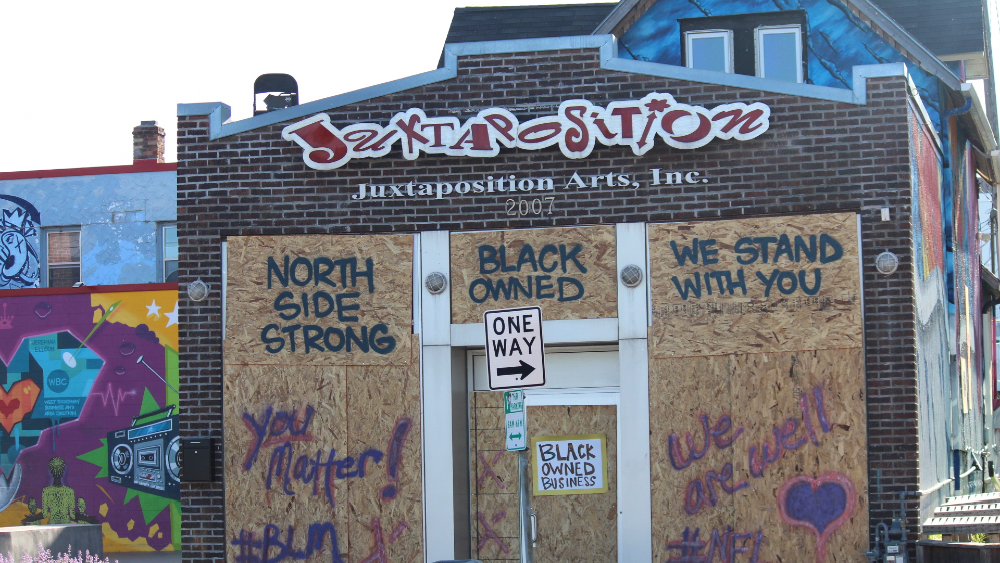If you’re interested in sharing your opinion on any cultural, political or personal topic, create an account here and check out our how-to post to learn more.
____
We’ve marched, we’ve protested, we’ve warned of white supremacist actions infiltrating peaceful demonstrations. What’s unfolded in cities globally is “above us” now in more ways than we can articulate. According to Air Force Veteran Jerrod Klein (Msgt USAF, Retired), there are some practical survival tactics you can implement at home to get you through the night.
Whether you’re on the frontlines seeking justice for Ahmaud Arbery, Breonna Taylor, George Floyd and every Black name that’s become a hashtag, or simply doing your best to preserve your own life and your family’s, using what you have on-hand may be your best defense in an adverse situation.
1. Plan Ahead
– Collect any and all debris in your yard or on the property exterior that could catch fire or be used to attack your home.
– Set “alarms” inside and outside of your home to alert you if someone is approaching. Fishing line or dental floss and aluminum cans can serve as a makeshift signal.
– Dowse the exterior of your home with a garden hose every few hours as a precaution.
– Purchase fire extinguishers. Be sure they are ready for use.
– Fill your bathtub with water, and keep a bucket or other receptacle handy to dowse fires that enter the home.
– Have sheets and towels available for first aid and other practical uses.
– While experts recommend rinsing your eyes with water if you’re exposed to tear gas, milk is a commonly used solution to disarming the compounds of OC spray and CS gas, and may be gentler on skin. Starting with water then following with milk may provide relief.
– Know your neighbors and who on the block or in the building has a medical background for assistance in an emergency. Ask them to be part of your safety plan.
2. Deflect Debris And Projectiles Like Bricks, Rubber Bullets And Shrapnel
– Plywood is an optimal and relatively inexpensive option to secure your windows and doors. If you’re not able to obtain plywood, home furnishings like picture frames, artwork and furniture can be stacked to provide cover. Be sure to have an exit strategy once you start stacking so you don’t barricade yourself to the point that you can’t get out.
– Baseball and football helmets, and even pots and pans, can be used to protect your head. Pillows, couch cushions, newspaper and cookie sheets can be secured to the body to create padding for your essential organs.
– A bathtub or other sturdy shelter at the center of your home can be a place to take cover.
3. Evacuate
Your home may be where your heart is, but your life is more precious than your stuff in an extreme situation. Assess the threat. If fire, tear gas, bullets and other projectiles have made remaining in your home too risky, it’s best to evacuate.
Have an emergency plan for where you’ll go if you need to leave your home, and how you’ll get yourself and any family members with limited mobility there. Practice this plan like a “fire drill” to ensure you’re able to remain cool-headed if your home or community are under attack.
– Gather all important documents, identification, credit cards, cash, hard drives and possessions you can’t live without and put them in an emergency bag.
– Pack a survival kit similar to the things you would need during a natural disaster when you have limited access to electricity, water and food. Be sure to include medicines and first aid in your emergency bag.
Preparation can make all the difference in ensuring that you’re able to live to fight another day.
